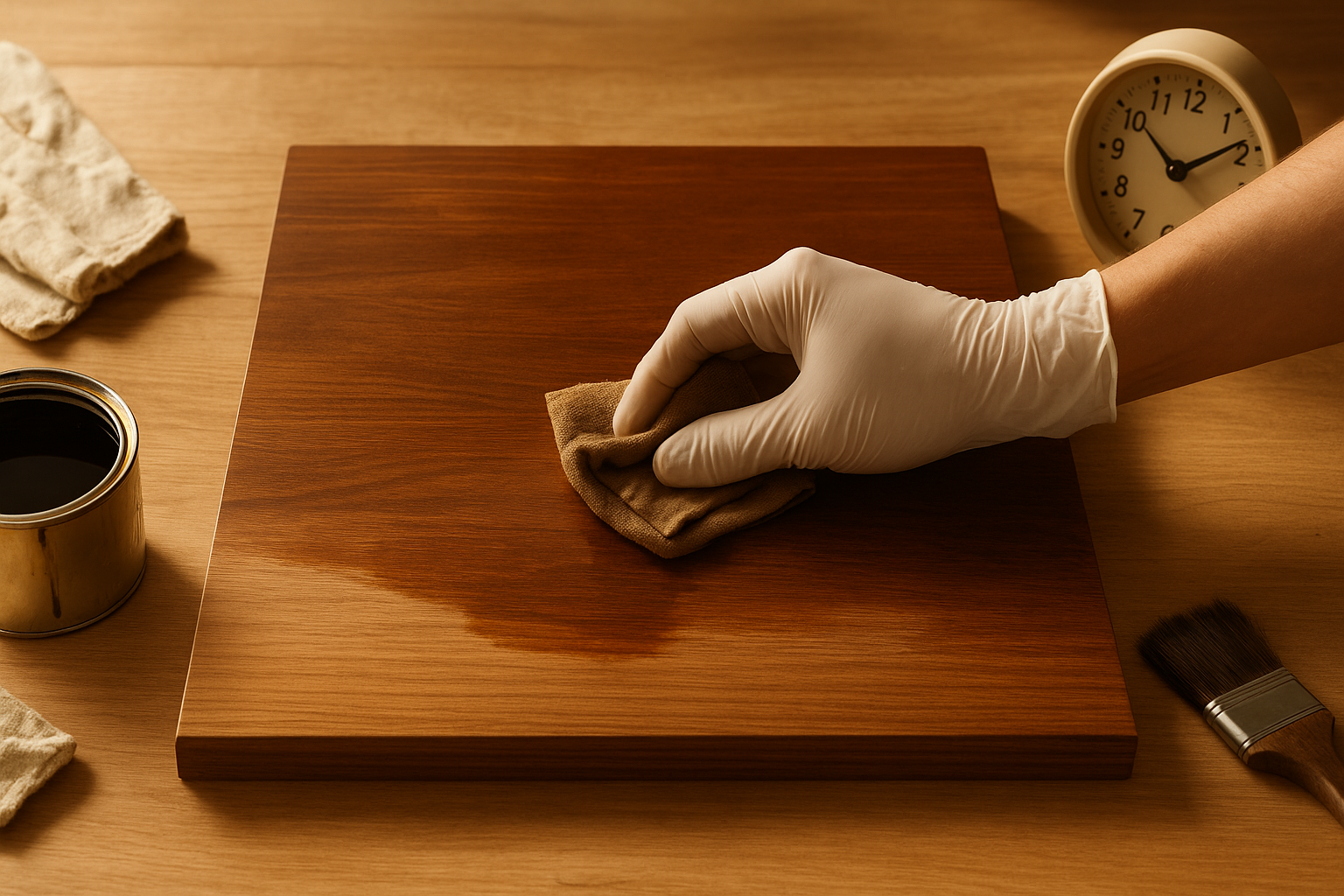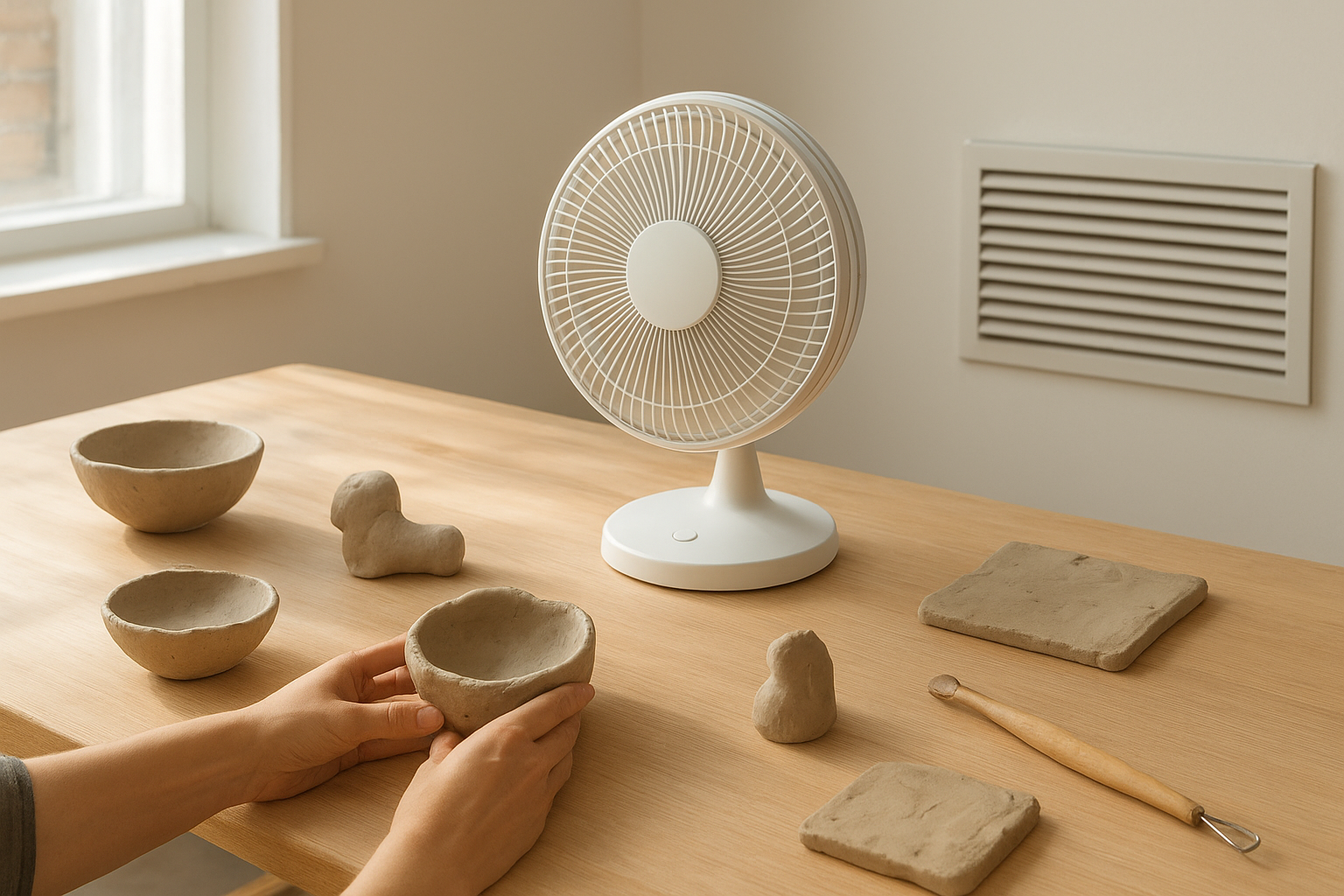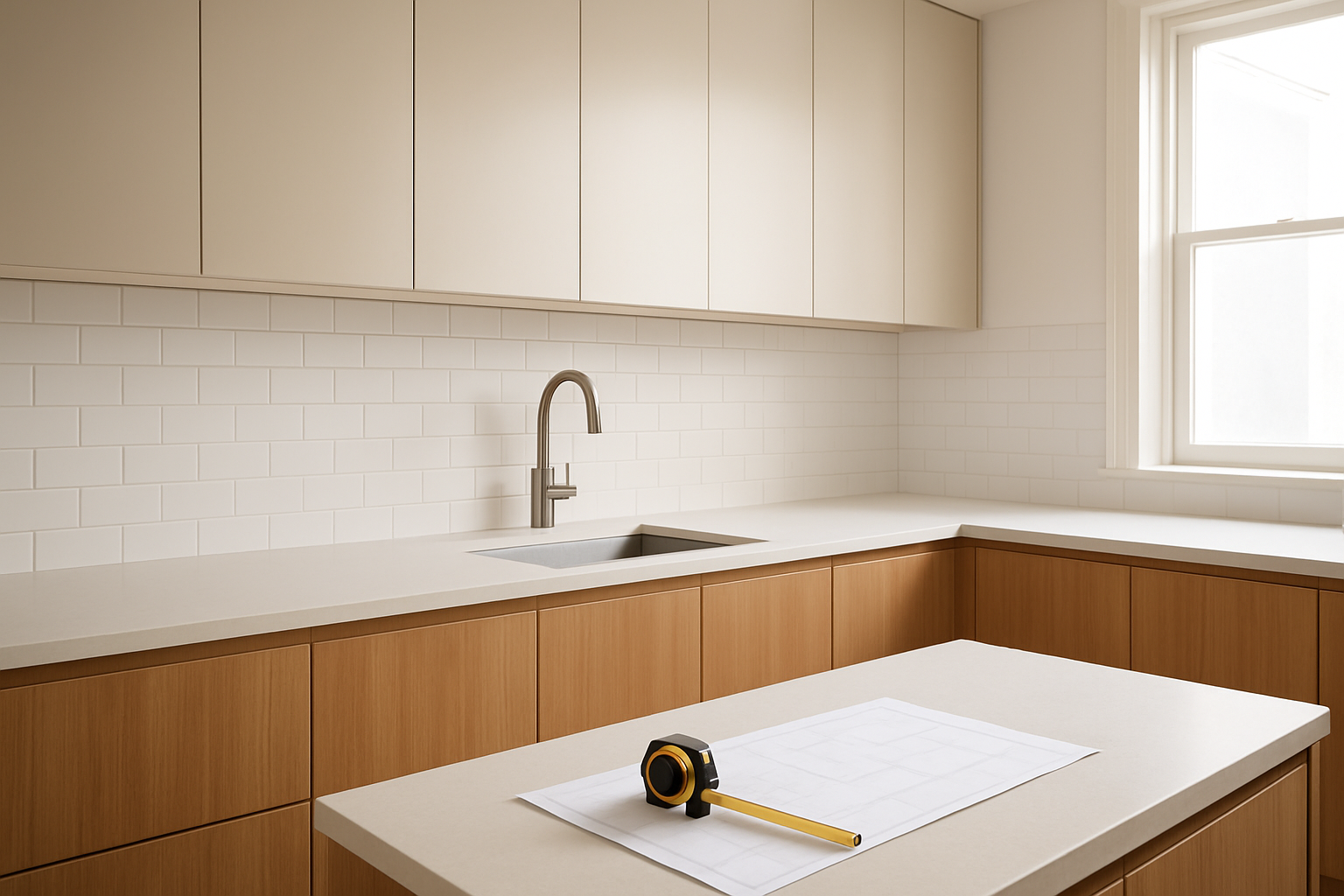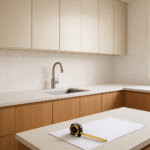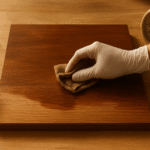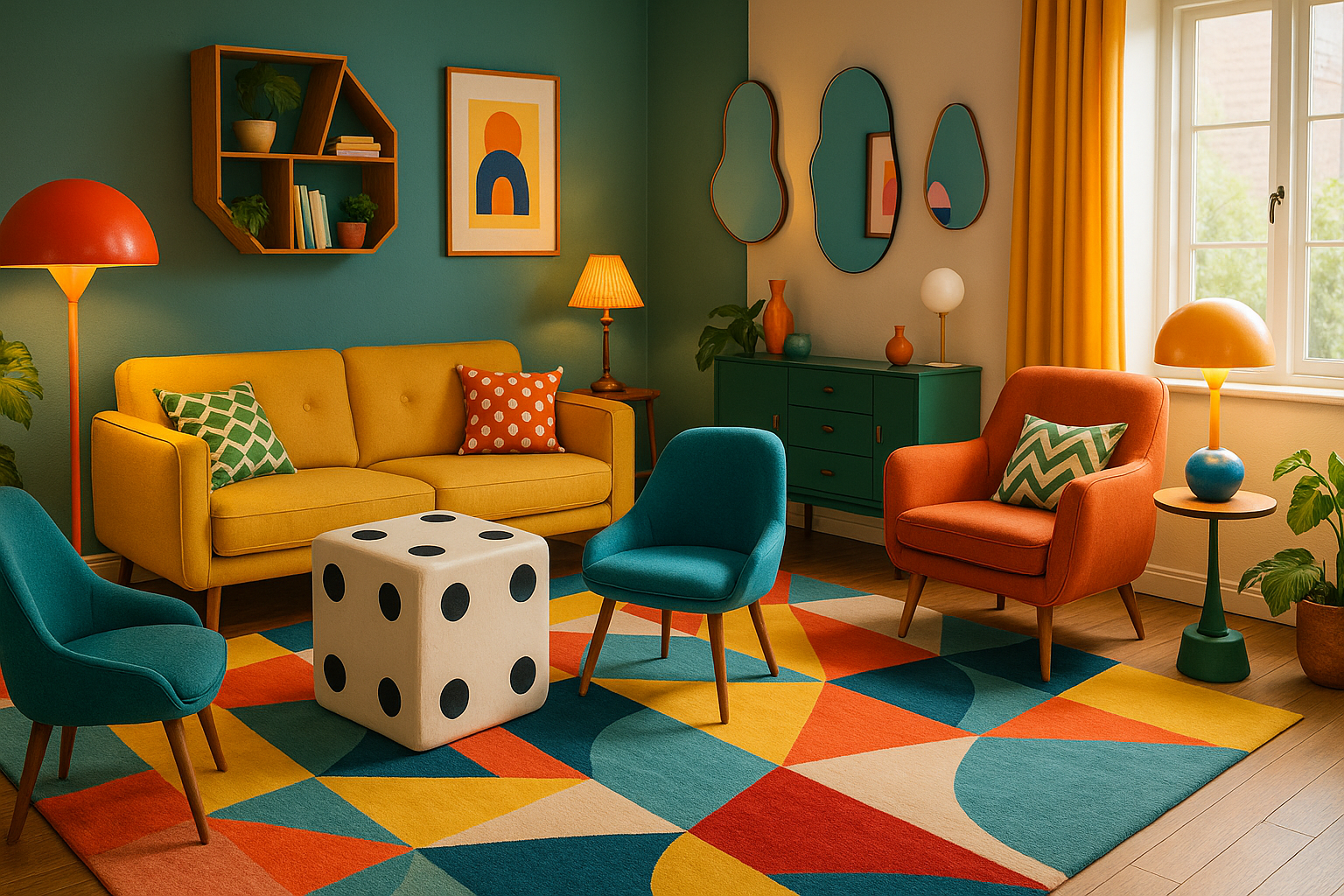Air dry clay is one of the most beginner-friendly materials for crafting — no kiln, no oven, just creativity and patience. Whether you’re sculpting decor pieces, modeling ornaments, or making small home accessories, knowing how long air dry clay takes to dry is key to avoiding cracks or frustration.
Let’s explore exactly how long it takes, what factors affect the drying process, and the best ways to make your clay dry faster — without damaging your masterpiece.
🧱 What Is Air Dry Clay and How Does It Work?
Air dry clay is a pliable, water-based modeling material that hardens naturally when exposed to air. Unlike polymer or ceramic clays that need heat to cure, this one relies on slow moisture evaporation. That’s why patience is your best tool — rushing the process can cause warping or cracking.
It’s perfect for:
- Home décor items (vases, candle holders, trinket trays)
- School and DIY projects
- Sculptures and ornaments
- Artistic modeling or handcrafting
The magic behind air dry clay is its simplicity: it dries by air exposure, forming a durable matte finish once the water content evaporates completely.
⏳ How Long Does Air Dry Clay Take to Dry?
Air dry clay typically takes 24 to 72 hours to dry completely. Thin pieces may dry in a day, while thicker sculptures can take up to three days or longer, depending on humidity, airflow, and clay type.
| Clay Thickness | Approximate Drying Time | Tips for Best Results |
|---|---|---|
| Thin (¼ inch or less) | 24 hours | Place on wire rack for airflow |
| Medium (½ inch) | 36–48 hours | Rotate piece periodically |
| Thick (1 inch or more) | 72+ hours | Allow airflow on all sides |
| Large sculptures | Up to 5 days | Dry in sections to avoid cracks |
If you’re wondering how long does it take air dry clay to dry completely, the answer depends on your environment — higher humidity slows it down, while warm, dry air speeds things up.
🌦️ Factors That Affect Air Dry Clay Drying Time
Several environmental and physical factors play a role in how quickly your clay dries:
- Thickness of the clay:
Thicker pieces take longer to release moisture and are more prone to cracking if rushed. - Humidity and temperature:
High humidity can trap moisture inside the clay. Ideal drying occurs in a room with around 40–60% humidity and mild warmth. - Air circulation:
Good airflow helps even drying — stagnant air causes damp spots. - Clay formula and brand:
Different air dry clays (Crayola, DAS, Amaco, etc.) have varying compositions that affect drying speed. - Paint or sealant layers:
Applying paint before the clay fully dries can trap moisture underneath. Always wait until it’s bone dry.
⚡ How to Make Air Dry Clay Dry Faster
If you’re short on time, you can safely speed up the process. Here’s how to make air dry clay dry faster without cracking it:
- Use a fan or gentle airflow.
A desk fan or ceiling fan helps moisture evaporate evenly. Avoid pointing hot air directly at the clay. - Place it near a warm, dry area.
A sunny window (not direct sunlight) or a well-ventilated shelf works best. - Use a food dehydrator or oven’s warm mode (low heat).
Set temperature to under 200°F (93°C), and place the clay inside for short intervals of 10–15 minutes. This helps without baking. - Make thinner layers.
Divide large sculptures into smaller, hollow sections that dry individually. - Flip your clay piece periodically.
This ensures all sides dry evenly and prevents moisture buildup on the bottom.
💡 Pro Tip: Don’t use a hair dryer on high heat — it can dry the surface too quickly while trapping moisture inside, causing cracks.
🔥 Can You Bake Air Drying Clay?
A common question is: Can you bake air drying clay?
Technically, yes — but it’s not ideal. Baking air dry clay in a conventional oven can cause bubbling, discoloration, or even breakage because it’s not formulated for heat curing.
Instead, you can:
- Preheat the oven to 170°F (77°C) and turn it off before placing the clay inside. The residual warmth will gently speed up drying.
- Or, use a food dehydrator on low heat for 1–2 hours.
If you love baking-style clays, consider switching to polymer clay — it’s designed for oven curing and provides similar sculpting flexibility.
✋ How to Work With Air Dry Clay
Before you start sculpting, it’s essential to know how to work with air dry clay properly:
- Knead before using: This helps remove air bubbles and makes the clay more elastic.
- Keep tools moist: Dip tools in water occasionally to prevent sticking.
- Work on a non-stick surface: A silicone mat or wax paper works well.
- Smooth cracks with water: Gently brush or dab water on small cracks while sculpting.
- Store leftovers properly: Wrap in plastic wrap and seal in an airtight container.
The better your preparation, the more evenly your clay will dry later.
💧 Troubleshooting Common Air Dry Clay Problems
If your piece didn’t dry as expected, here’s how to fix it:
| Problem | Cause | Solution |
|---|---|---|
| Cracking | Dried too fast | Sand lightly and fill with clay slip |
| Sticky surface | Humidity too high | Use a fan or dehumidifier |
| Warping | Uneven drying | Flip regularly during drying |
| Dull surface | No sealing | Finish with clear acrylic sealant |
| Mold growth | Trapped moisture | Always ensure complete drying before painting |
A little patience goes a long way — rushing is the main culprit for most drying issues.
🎨 Painting & Sealing Air Dry Clay
Once your clay is completely dry (firm, light in color, and cool to the touch), you can paint it. Acrylic paints work best, followed by a clear sealer or Mod Podge to lock in color and add protection.
- Wait at least 24 hours after painting before sealing.
- Avoid oil-based paints — they can weaken the clay surface.
- For a glossy finish, use a polyurethane spray sealant.
🧠 Expert Tips for Best Results
- Avoid drying near direct sunlight — it causes surface cracks.
- Rotate pieces every 8–10 hours to balance airflow.
- Store drying pieces on wire racks instead of flat trays.
- Add small ventilation holes to thicker projects.
By following these, you’ll prevent 90% of common drying issues — and your creations will last longer.
❓ FAQs — Answer Engine Optimized
How long does air dry clay take to dry before painting?
Usually 48 hours for thin pieces, up to 72 hours for thicker items. Always check that the clay feels cool and solid.
How do I know if air dry clay is fully dry?
Fully dried clay will feel lighter, hard, and cool to the touch, with no soft spots.
Can I use a hairdryer to dry air dry clay?
Only on a low, cool setting. High heat can crack the surface before the inside dries.
What’s the best way to prevent cracks?
Dry your clay slowly and evenly — never under direct heat or in sunlight.
🌿 Final Thoughts
So, how long does air dry clay take to dry?
In most cases, between 24 and 72 hours — but the real secret is patience and proper airflow.
If you treat your clay with care, it will reward you with durable, beautiful results that last for years. From learning how to make air dry clay dry faster to mastering how to work with air dry clay, the key is balance: slow drying, even air exposure, and a little creativity.





